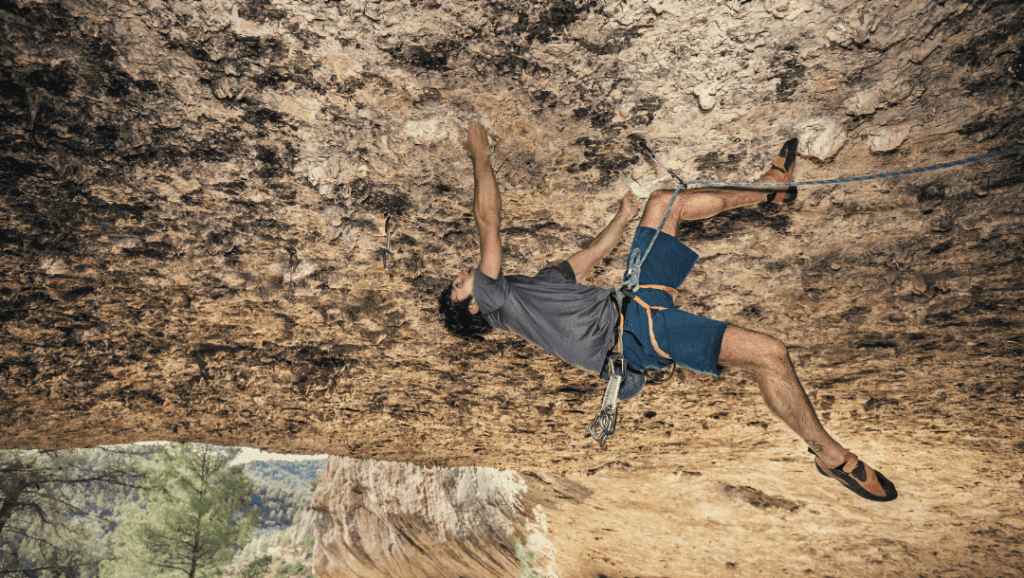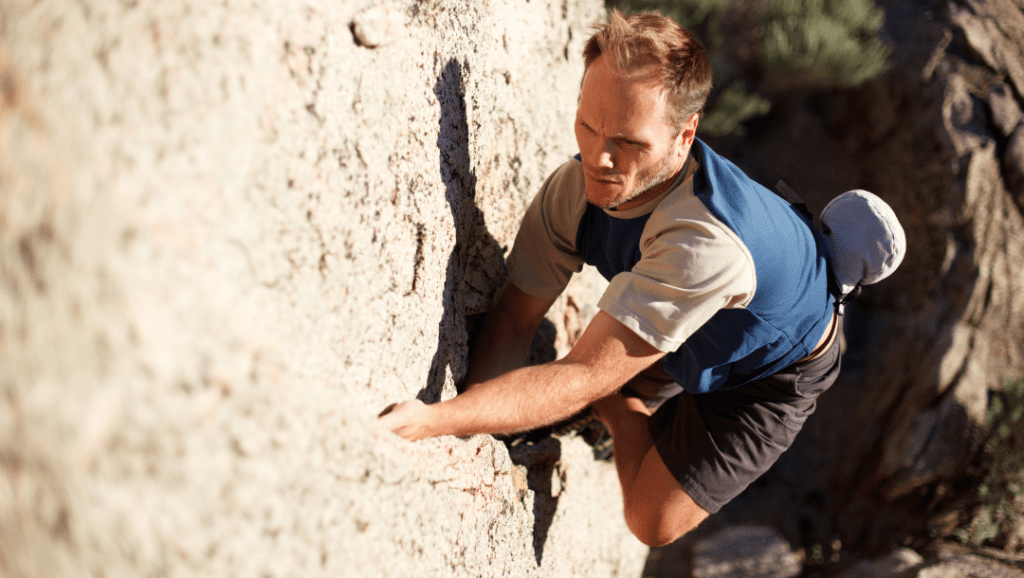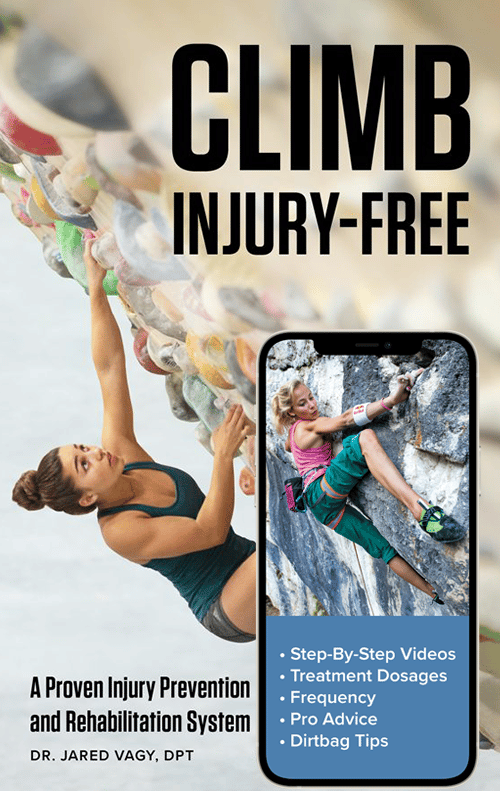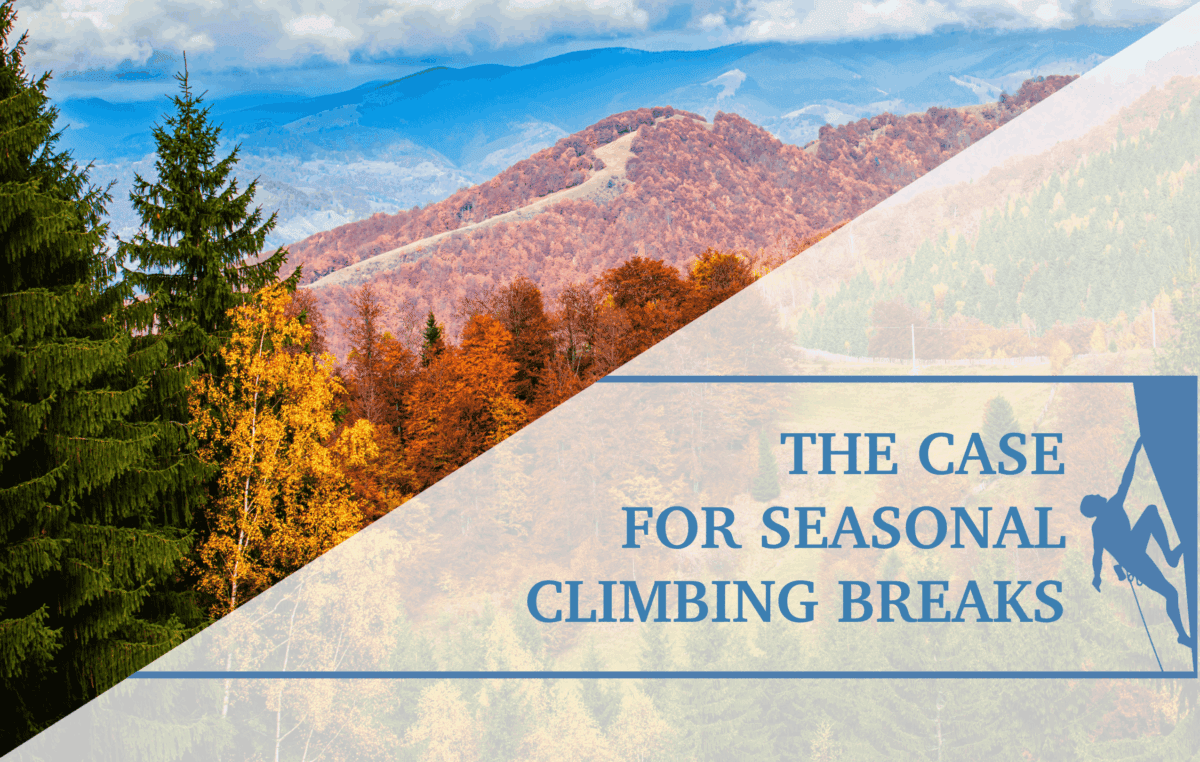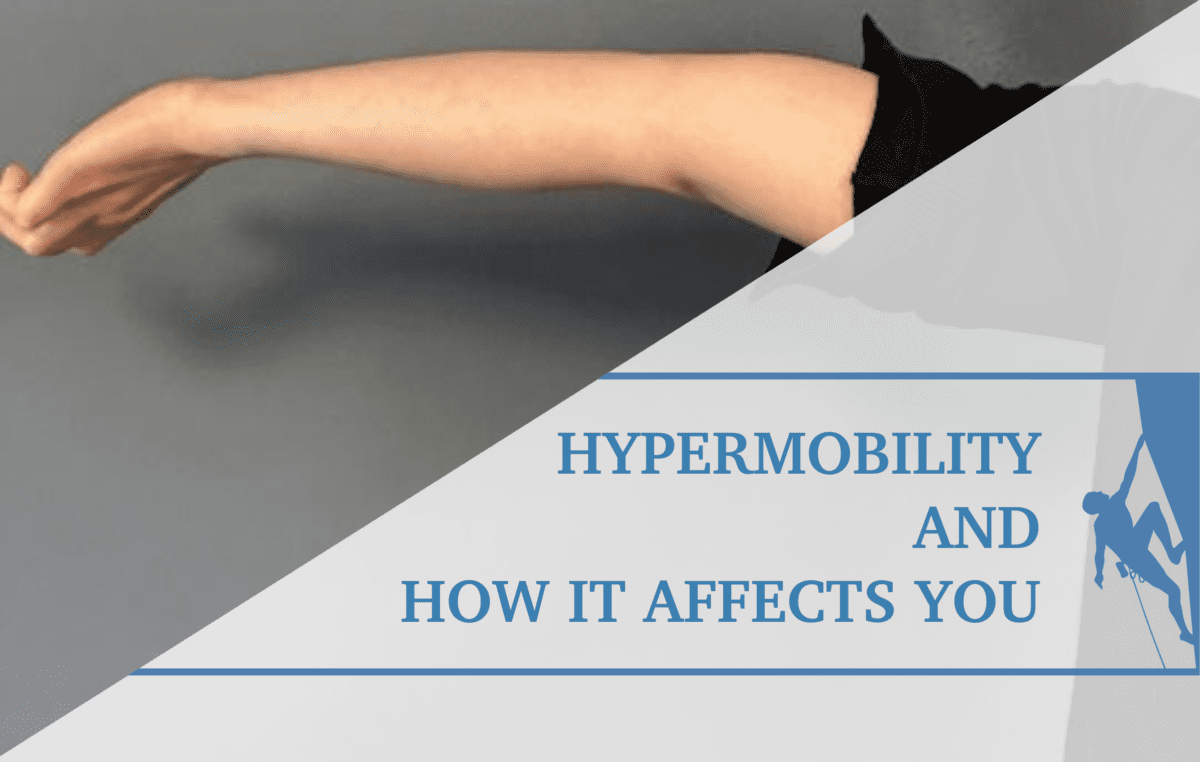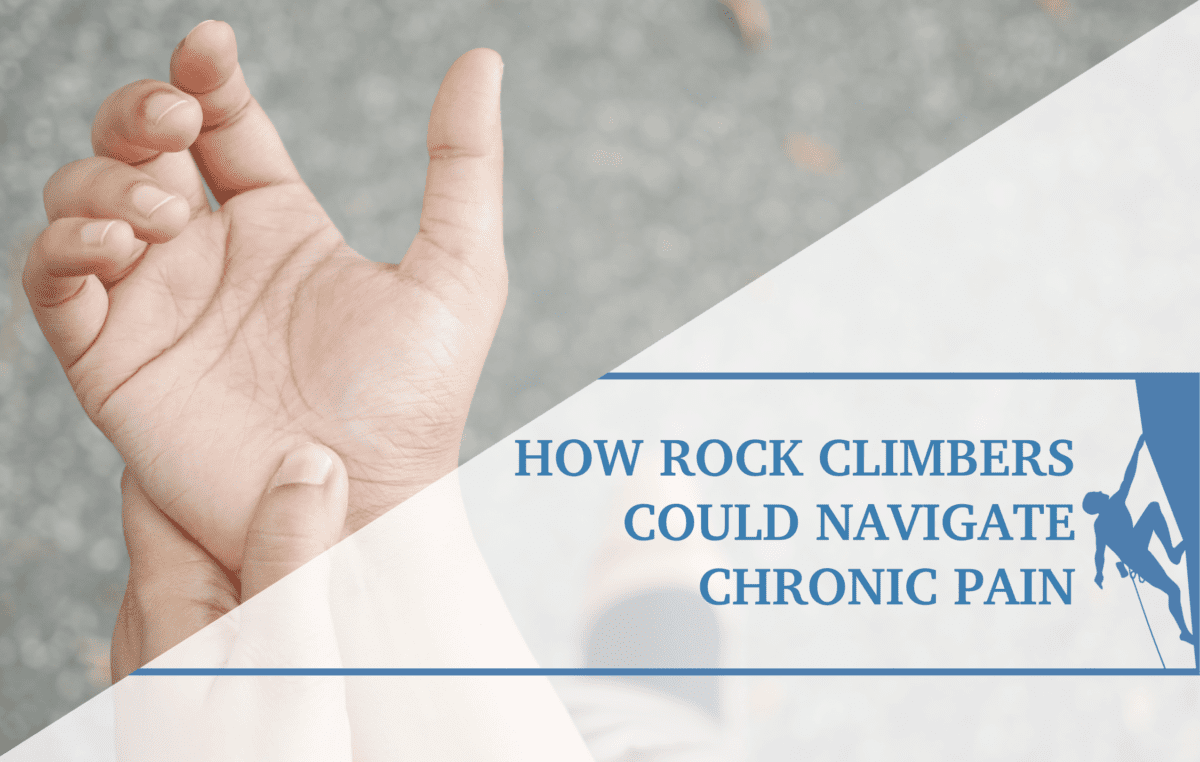All In Your Head: Mental Practice and Visualization To Improve Climbing Performance
Visualization and mental practice can significantly enhance climbing performance, tapping into the brain’s ability to reinforce neural pathways that contribute to motor learning, skill acquisition, and even movement precision. For climbers, mental imagery is more than just “seeing” the next move; it’s a comprehensive tool that strengthens your mind-body connection, allowing you to perform with more intention, less hesitation, and a clearer sense of control.
Neural Pathways and Motor Learning in Climbing
Climbing, especially at an advanced level, involves not only physical strength but also a precise understanding of movement sequences. As you “project” a route or climb a challenging line, your brain creates and strengthens neural pathways associated with each move. This mental practice, or cognitive rehearsal, strengthens the very pathways that make these movements smoother and more efficient over time.
Motor learning, defined as the combination of physical and psychological factors influencing skill acquisition, is central here. In climbing, motor learning helps with not just strength but also in performing complex sequences under challenging conditions. Visualization plays an integral role in “preparing” the motor control system for each move, even before your body actually performs it.
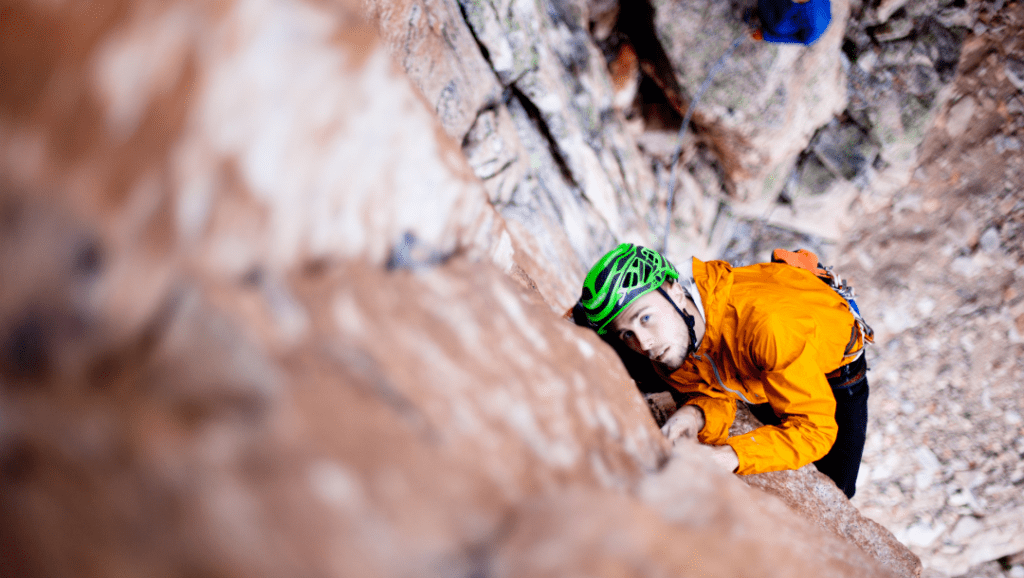
Stages of Learning and Climbing Performance
Motor learning, as described by Fitts and Posner’s stages, involves three primary stages that climbers go through, often moving fluidly between them depending on the complexity of a route or the climber’s familiarity with it:
- Cognitive Stage: Here, climbers consciously think about each hold, foot placement, and how to move through sequences. This stage is all about experimenting, with inconsistent movement and often large amounts of unnecessary movement. Picture a climber figuring out a new overhang for the first time—they might sway, adjust, and reposition frequently as they “think” their way through.
- Associative Stage: As the climber begins to understand the movement patterns, they enter the associative stage, where they experience fewer errors and greater consistency. A climber at this stage may still need some mental prep and visualization but has moved past the choppy, inconsistent actions of the cognitive stage. They are beginning to “feel” the route.
- Autonomous Stage: At this stage, movements become automatic, and the climber can focus on the smallest adjustments (or micro-beta) that refine performance. In this state, mental practice is often used to refine an already strong skill, allowing the climber to intuitively execute moves. For instance, a climber working on a “redpoint” of a difficult project may visualize themselves making slight adjustments to improve efficiency or balance.
Mental Practice for Climbing: Sensory Modes of Internal Imagery
Mental practice isn’t simply about thinking through a climb. It involves rich, sensory-based internal imagery that allows climbers to see, feel, and even “hear” themselves climbing. Here are three types of sensory modes to incorporate:
- Visual: Imagine seeing yourself, as if watching a movie, execute a specific move—like reaching a difficult handhold. Visual imagery involves imagining yourself perfectly executing a movement, reinforcing the brain’s ability to coordinate and execute that movement in reality.
- Kinesthetic: Imagine the actual feel of climbing. For example, you might imagine yourself doing a crimp, feeling your fingers tighten on a small hold, and adjusting your weight. This imagery type helps develop muscle memory, which makes the movement smoother and more reliable.
- Polysensory: This involves multiple senses. For example, imagine yourself on an exposed slab with a slight breeze brushing past you. You visualize the climb, feel each step, and even sense your body’s orientation on the rock. This multi-sensory approach strengthens neural connections, improving your ability to recall the sequence when climbing.
The Benefits of Mental Practice in Climbing
Mental practice brings real, measurable benefits, from neural activation to the engagement of specific muscle groups. Here’s why:
- Neurophysiological Basis: Studies show that mental practice activates the cortical sensorimotor areas responsible for movement, triggering muscle responses. Interestingly, mental practice alone can even lead to muscle electrical activity, which primes muscles for the movements you’re about to perform. For example, visualizing a move requiring finger strength can activate the forearm muscles involved in gripping.
- Dopamine’s Role: The basal ganglia, which play a key role in coordinating movement, are affected by dopamine levels. Visualization and mental imagery practice stimulate dopamine release, which reinforces motor learning, making each repeated visualization more powerful.
- Cognitive Basis: Mental practice also helps climbers address cognitive hurdles. For beginners or those in the cognitive stage of learning, mental practice allows them to rehearse the sequence, addressing doubts or questions. Visualizing and mentally rehearsing the route answers fundamental questions like “How do I transition from this foothold?” or “Can my body support itself on a side pull here?” before they attempt it physically.
Practical Application: Using Mental Practice Right Before Climbing
Just before getting on the wall, use mental practice to visualize and feel the sequence you’re about to perform. Imagine your body position, balance, and weight distribution on each move. Kinesthetically, imagine the stretch of a high step or the grip tension on a challenging crux hold. This “run-through” prepares your motor control system, sharpening your focus and boosting your confidence.
For instance, on a multi-pitch climb with a challenging crux, spend time visualizing each move and feel it out internally. Imagine overcoming the crux and how you’ll feel as you rest on a good stance above it. This “rehearsal” calms your mind, aligns your body, and prepares you for performance.
In Conclusion
Mental practice and visualization aren’t just theoretical concepts but practical tools climbers can use to improve both physically and mentally. Incorporating visualization into your climbing routine can help bridge the gap between your current abilities and potential performance, turning neural pathways into solid climbing pathways.
About the Author
Danit Hoxha is a doctor of physical therapy student at Rocky Mountain University of Health Professions.
- Disclaimer – The content here is designed for information & education purposes only and the content is not intended for medical advice.

